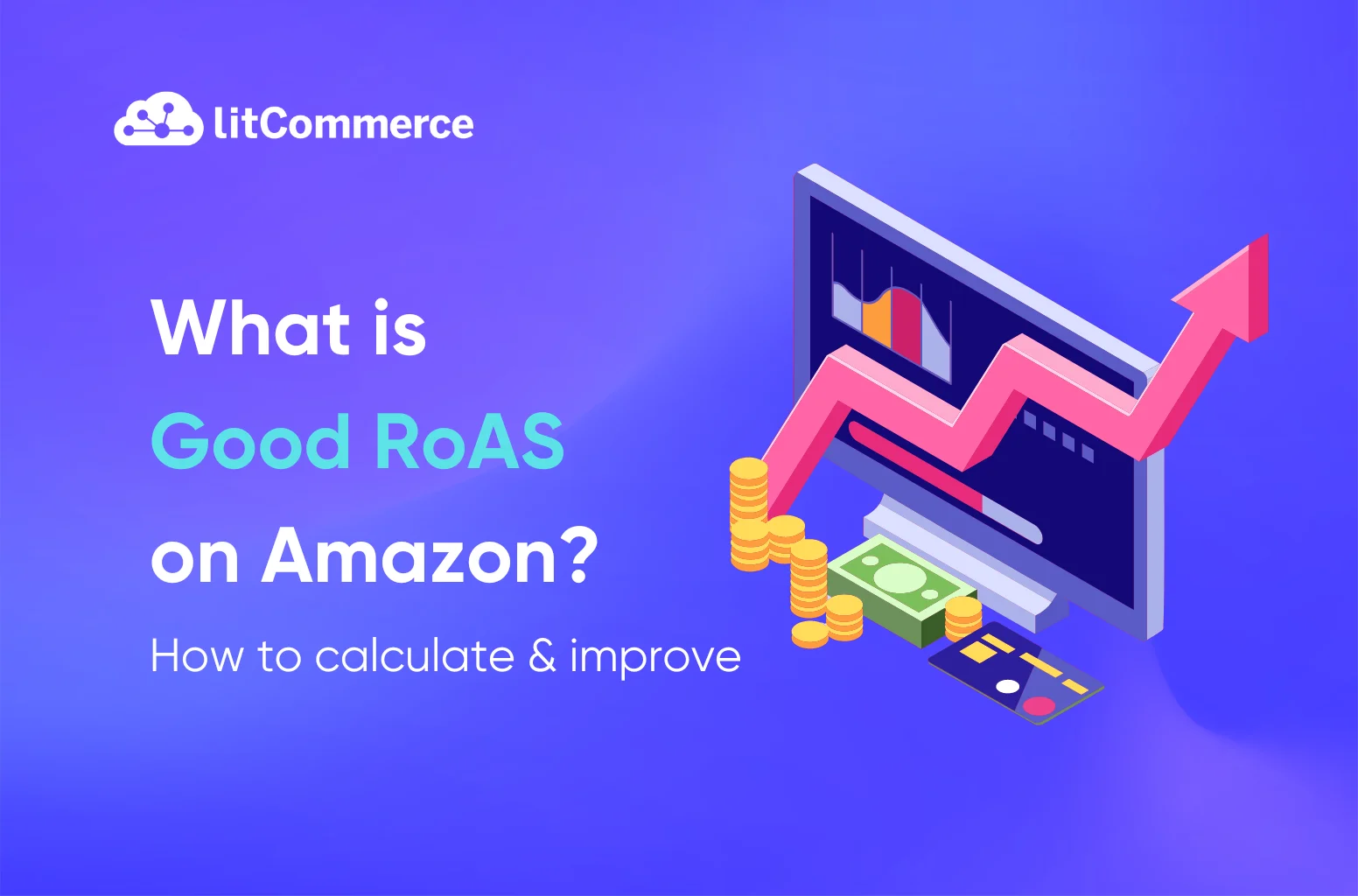A good Return on Ad Spend (RoAS) means your Amazon ads are helping your business. But what is good RoAS on Amazon can change based on different factors. Usually, a RoAS between 3 and 5 is good for most businesses on Amazon. But it can change depending on what you’re aiming for and what industry you’re in. For example, a good RoAS for Toys and Games is 4.5x, while for Consumer Electronics, a good RoAS is 9x.
So, how do you know what is a good Amazon RoAS for your business? Check this guide to discover:
- Understanding RoAS on Amazon
- What is a good RoAS on Amazon ads?
- Factors that influence RoAS on Amazon
- Strategies to improve your Amazon ad RoAS
Let’s dive in to learn more!
Understanding RoAS on Amazon
Several factors must be considered when determining what makes good RoAS on Amazon. Let’s start by explaining what this metric means and how to calculate it.
What is RoAS on Amazon?
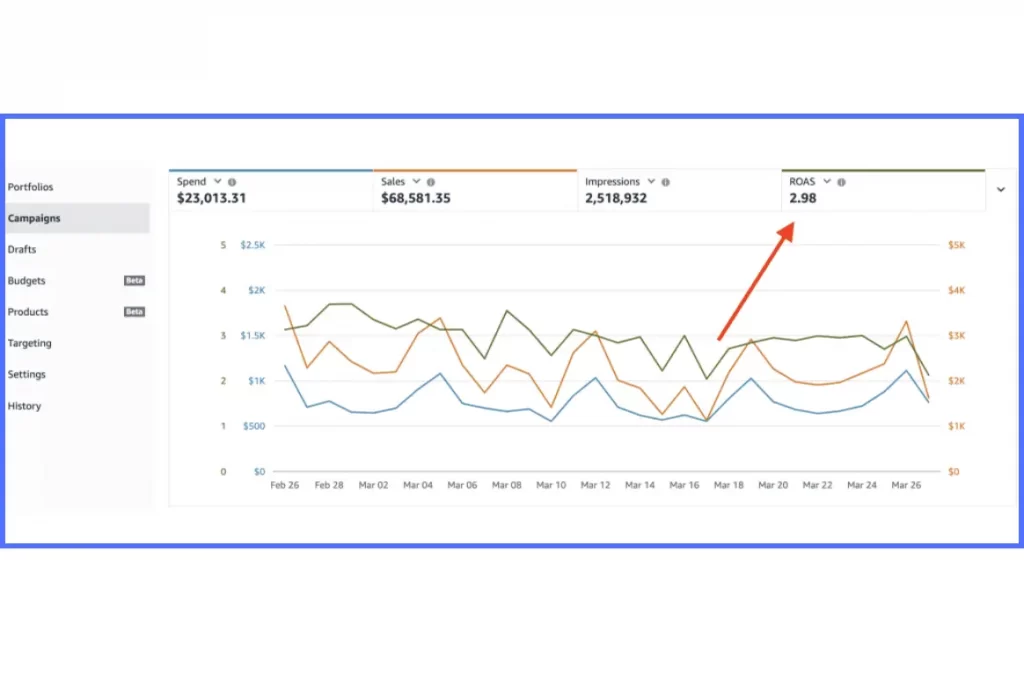
RoAS, or Return on Advertising Spend, is a key metric for figuring out how well Amazon Ads campaigns are doing. It tells you how much money you’re making for every dollar you spend on advertising. More specifically, RoAS on Amazon helps:
- Understand cost-effectiveness: Your ROAS tells you if your ad spending is bringing in the sales and revenue you want. If your ROAS is low, it means you’re spending a lot on ads but not making much in return.
- Make your budget work better: ROAS helps you see which ads are doing well and which ones aren’t. This lets you move your money around to get better results. Instead of guessing, you can use data to decide what to do.
Note: RoAS is not the same as ACoS. RoAS tells you how much revenue you earn for every dollar spent on ads, while ACoS shows the percentage of sales directly generated from ad spending. In simple terms, ACoS measures how much you spend on advertising for every dollar of sales.
Hey, Don’t Put All Your Eggs in One Basket!
Expand your reach and boost sales. LitCommerce lets you sell on Amazon and other marketplaces – effortlessly!
How to calculate RoAS on Amazon?
Before finding what is good RoAS on Amazon, you should know how to calculate your Amazon ROAS. The formula is simple, just divide the total sales by the total ad spend during a specific time. The bigger this number, the better your campaign is doing.
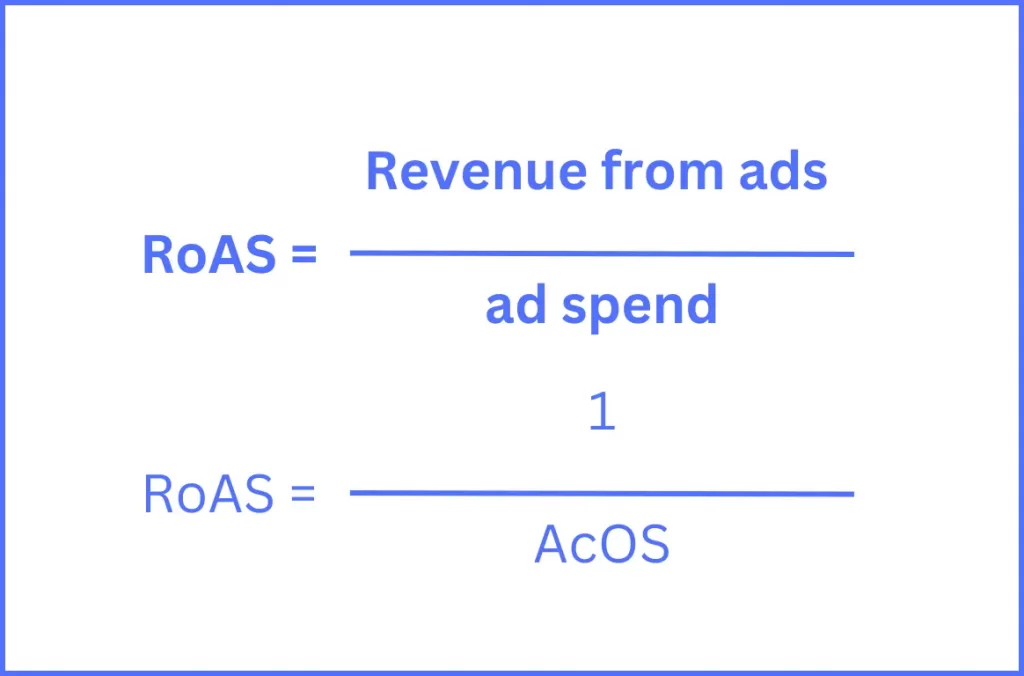
Here’s a simple example: if you spent $100 on Sponsored Ads and made $600 in sales from those ads, your RoAS would be 6.
Where to find your RoAS in Seller Central?
To find out your RoAS, head to Seller Central > Advertising > Campaign Manager. Here, you’ll see the all metrics for all your advertising campaigns. You can also view the RoAS for each active advertising campaign separately.
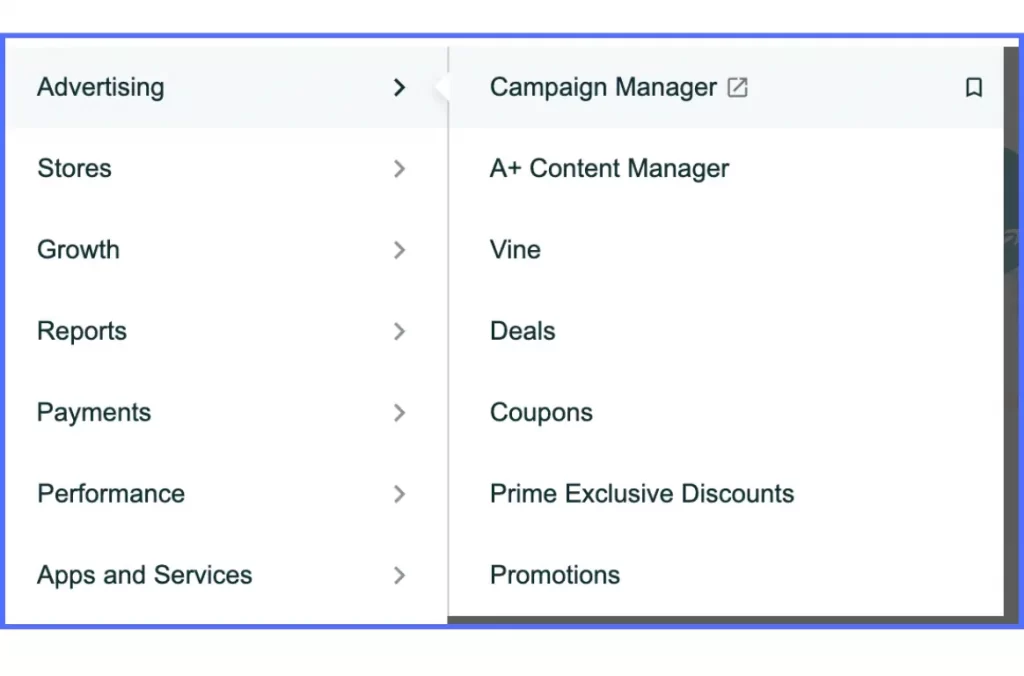
If a specific campaign’s RoAS is just below your minimum threshold, you might want to investigate further. Determine which keywords aren’t driving conversions and whether adjustments are needed.
However, remember that even if a campaign is below your break-even point, it doesn’t necessarily mean you should stop it. If the campaign is still bringing in lots of traffic and sales, it could be boosting your overall organic rankings.
What is a Good RoAS on Amazon Ads?
Every business decides how much money it’s willing to spend on ads for each sale. You’ll have to figure out this amount for your own business if you want to know what a good RoAS on Amazon is. That’s why knowing your minimum RoAS is really important.
How to find your minimum RoAS?
To determine a good RoAS on Amazon, you first need to find your minimum RoAS, which you can do by finding your break-even point.
Your break-even point is what you earn from a sale after subtracting the cost of goods sold (COGS). COGS includes things like the cost of making your product, shipping fees, supplies, and Amazon fees. This break-even number is your gross profit before you spend anything on advertising. If your RoAS is the same as or less than this minimum point, your ads might not be profitable.
For example:
Sure, let’s say:
- You sell a product for $20.
- The COGS is $10.
- So, your gross profit before advertising is $20 (sale price) – $10 (COGS) = $10.
That $10 number represents your break-even point.
If you spend $5 on advertising for one sale, you’ve earned $5 in net profit. But if you spend $10 on advertising for one sale, you’ve just covered your costs—your profit would be $0. You neither gained nor lost money on the sale.
Now that we know your break-even point, let’s calculate your minimum RoAS.
To do this, use this easy formula:
Sale price / Break-even point = Minimum RoAS
Check this guide to unlock your Advertising success with Amazon Demand Side Platform.
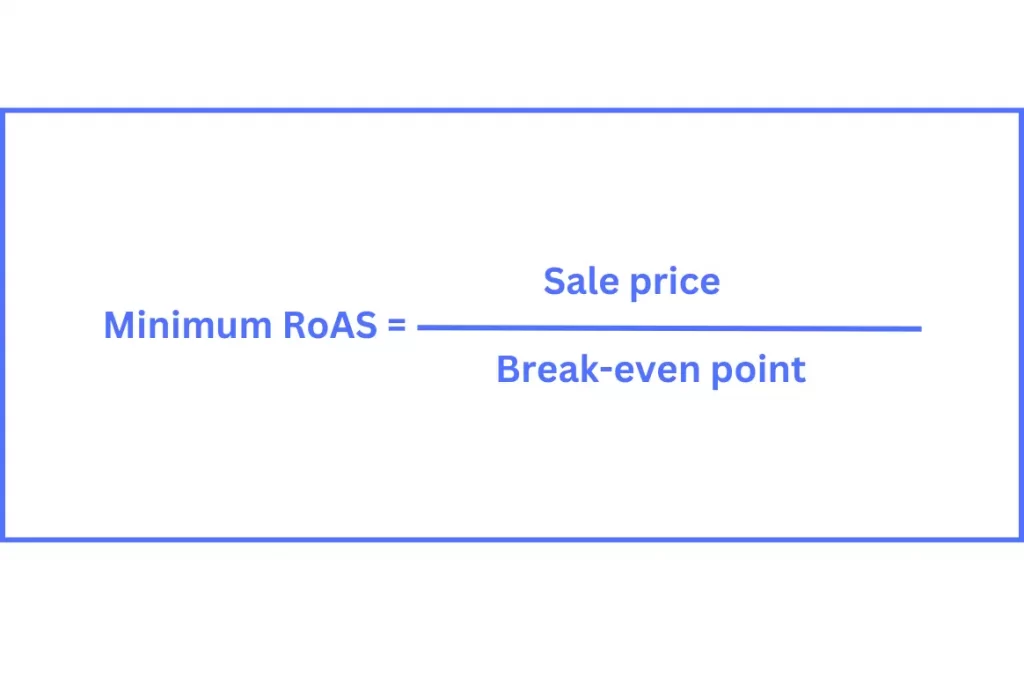
Using the same example:
$20 / $10 = 2
This means your minimum RoAS is 2x. So, for every dollar you spend on advertising, you need to make at least $2 in revenue for your ads to be profitable.
What is a good Amazon RoAS?
When seeking what is good RoAS on Amazon, you should at least keep the number greater than the minimum RoAS. Plus, it’s important to understand that this measure can differ greatly based on the industry and particular business objectives.
For example, consumer electronics often boast a higher RoAS, averaging around 9x. This suggests that for every dollar spent on advertising, nine dollars are generated in sales. On the other hand, toys and games might typically have a RoAS of about 4.5x.
It’s helpful to keep in mind the average ROAS, which typically sits around 3 times across different industries.

Factors That Influence RoAS on Amazon
After already knowing what is good RoAS on Amazon, it’s time for you to Many factors can influence how well your Amazon ad campaign does and your ROAS. Some of these factors are:
- Product pricing
- Profit margins
- Ad targeting options
- Ad placement and bidding strategy
- Seasonality and competition
1. Product pricing

The price of products impacts ROAS, and it is a critical factor that the sellers have to consider when running campaigns. For instance, during high demand, slightly increasing prices can improve RoAS, as the revenue per ad spend increases.
2. Profit Margins
Similar to price, the profitability of your product plays a significant role in determining the ROAS you should aim for. Higher-margin products generally allow for a better ROAS, as there is more room to cover advertising costs while still generating profit. For example, if your average order value is $100, you can spend up to $20 on advertising to convert a sale to earn a 5x. If your average order value is $20, you can only spend $4 on advertising to earn a 5x.
Let’s be honest, being an Amazon seller is great, but relying solely on one platform can feel like a guessing game. As a seasoned seller, you know the importance of getting your products in front of as many potential customers as possible. That’s where LitCommerce – a powerful multichannel selling tool comes in! We help you expand your reach beyond Amazon by letting you sell on a variety of online marketplaces, from the biggest names to the hidden gems.
3. Ads targeting options
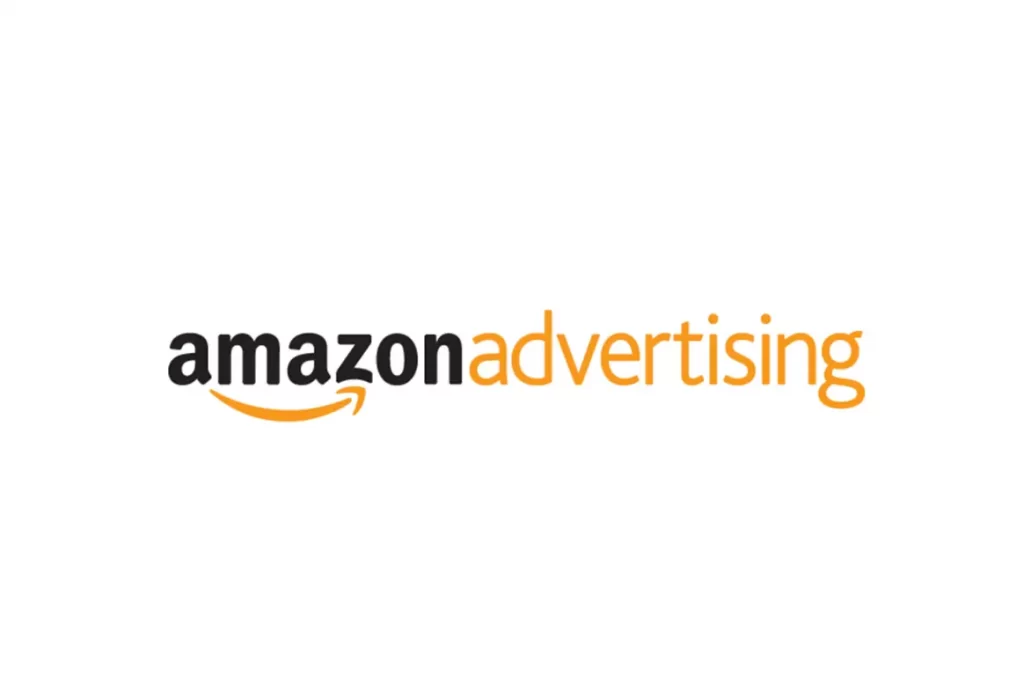
The level of RoAS may vary depending on campaign goals and product offerings. Amazon’s advertising platform offers different targeting options and each influences ROAS in its own way. Therefore, the seller is better at testing target match types to see which one is performing better.
In general, Amazon has 2 main match types for whether auto or manual targeting. They are close match and loose match – are used for keyword targeting. Meanwhile, loose match keyword can help you reach more customers, but it doesn’t guarantee sales. That may lower the RoAS. Close match, on the other hand, may show better ROAS as it is focused on the keywords that are most relevant to the search intent.
4. Ad placement and bidding strategy
Bidding significantly influences RoAS on Amazon. Setting too low bids may reduce visibility, limiting clicks and ultimately lowering RoAS. Conversely, overly aggressive bidding can eat into profits, diminishing RoAS despite higher visibility.
For instance, if a seller sets bids too low, their ad may not appear prominently, resulting in fewer clicks and reduced RoAS. On the other hand, if bids are set too high, despite increased visibility, the cost per acquisition may exceed profits, leading to a lower RoAS.
Hence, striking a balance through strategic bidding is crucial for maximizing RoAS on Amazon.
5. Seasonality and competition
RoAS can fluctuate due to seasonal trends and competition levels on Amazon. During peak shopping periods or heightened competition, ad costs may rise as you strive to reach your target audience. This increased spending can impact your ROAS, requiring a careful balance between investment and return. Therefore, understanding these dynamics and adjusting your advertising strategy accordingly is crucial for optimizing RoAS throughout the year.
Strategies to Improve Your Amazon Ad RoAS
1. Focus on optimizing your ads
Even small changes in your ads can make a big difference in your ROAS. Hence, you should improve your ad performance to achieve a good RoAs. You can start by testing various ad elements like types, budgets, bids, and targeting options to see what works best. Follow these steps to ensure an effective ad performance.
- Focus on reaching the right audience by considering demographics like age, gender, and location. Tailor your ads to attract potential customers who are likely interested in your product or service.
- Prioritize less competitive search terms. Popular search terms are often broad ones, which usually have higher click costs but not necessarily more clicks than less popular ones. Competitors often target them, so focusing on specific, less competitive terms can be more effective for generating sales with lower ad spending. This approach is especially beneficial for new sellers targeting niche markets.
- Optimize your keyword bids to spend your budget wisely and reach the right people with relevant ads.
- Test different ad creatives to make sure they connect well with your audience and drive more traffic and sales.
2. Increase your AOV
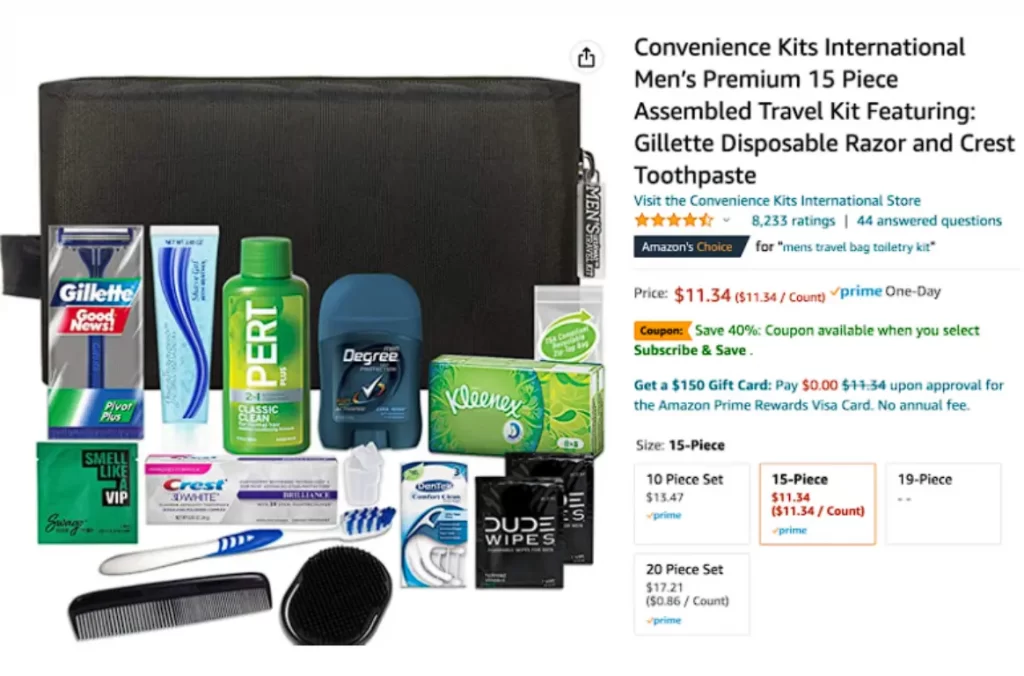
Boosting your average order value (AOV) can naturally enhance the effectiveness of your Amazon ads, leading to better Return on Ad Spend (ROAS).
Your top approach to increasing AOV is bundling your Amazon product. This could mean creating multi-packs of single, low-cost items, or more advanced bundling where different products are combined into complementary packages, officially known as bundles by Amazon.
A well-designed bundle can seem more valuable than the individual items sold separately, encouraging customers to spend more and thus increasing your AOV. However, it’s important to match products appropriately and follow Amazon’s bundling policies.
Your customer data is key to identifying which products work well together. Advanced analytics tools can help you understand customer behavior and lifetime value, enabling you to create effective bundles.
3. Leverage Promotion
Just like bundling, offering promotions is another way to show customers they’re getting a great deal on your products. This can boost your conversion rates when running ads and, as a result, increase your Return on Ad Spend (ROAS).
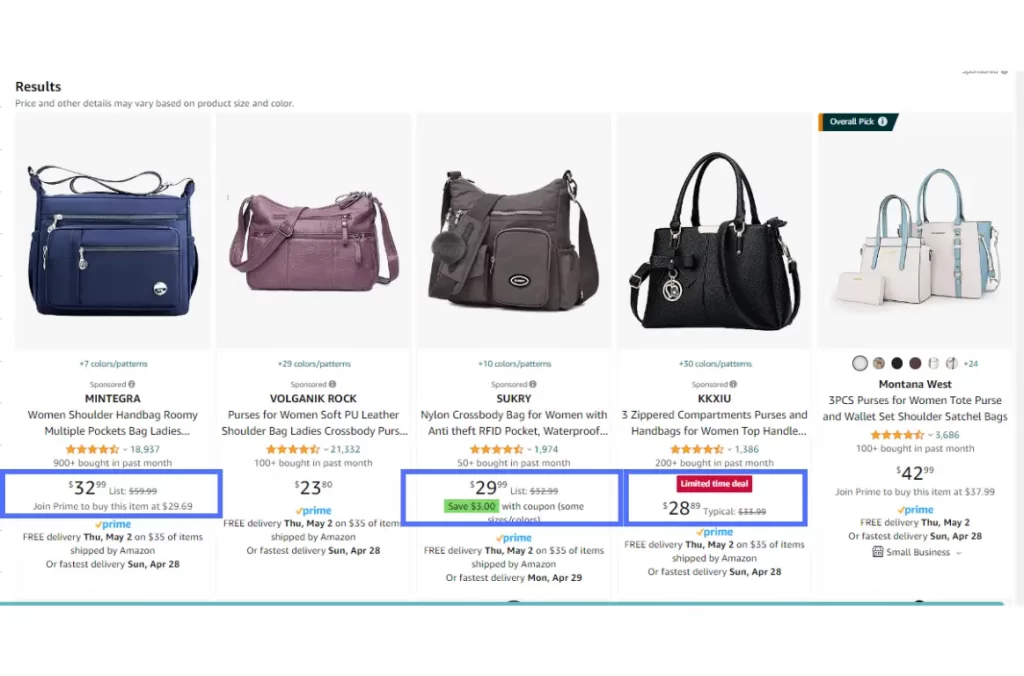
However, it’s important to note that promotions can eat into your profit margin, and Amazon may charge extra fees for running them. So, while promotions can potentially raise your ROAS, it’s not a guaranteed outcome. Nevertheless, promotions can still help boost sales velocity and organic sales.
In essence, it’s a trade-off: You may sacrifice some profit margin for increased sales. This highlights the point that maximizing your ROAS shouldn’t always be your sole objective. Yet, if executed thoughtfully, promotions can indeed increase ROAS.
4. Take advantage of contextual targeting
Contextual targeting is a newly launched Amazon Ads product. It leverages user behavior, past purchases, viewed products, and search terms to deliver relevant advertisements to consumers without relying on mobile ad IDs or cookies. This innovative approach has helped Amazon brands reach 66% more new audiences and 45% more previously unaddressed customers.
By utilizing Amazon’s sophisticated data and algorithms, contextual targeting enables businesses to effectively target potential customers, resulting in increased conversions and improved ROAS for Amazon.
5. Utilize advanced tools and analytics
If you want to enhance your RoAS, consider using data analysis tools. Amazon Brand Analytics (ABA) and Amazon Marketplace Web Services (Amazon MWS) offer data to Sellers, but with limitations.
ABA provides basic reports but lacks detailed purchase data, which makes cross-referencing challenging. Amazon MWS offers product-level information but needs an API for access. For a more detailed and straightforward process, explore third-party analytics software that can combine Amazon’s raw data to offer actionable insights.
What is Good RoAS on Amazon: FAQs
To determine if your ROAS (Return on Advertising Spend) is good, compare it to industry benchmarks for your product category and advertising channel. Generally, an ROAS above 4 is considered strong, but optimal targets vary based on profit margins and business goals. There’s no one-size-fits-all answer to this question as the optimal ad campaign for ROAS varies based on multiple factors, such as: RoAS of 2.5, a value greater than 1 means that the business is doing well. Any business that has a RoAS greater than one means that they can cover their marketing costs with revenue. A desirable RoAS can be greater but again that depends on the size and age of the business in question.
Conclusion
Finding out what is good RoAS on Amazon can be more complicated than you thought. Depending on your business, its goals, and your industry, a good RoAS might be between 3 to 5 times what you spend on ads. Also, by knowing the minimum RoAS where you break even, you can make smarter choices when improving your ads.
Check out our other helpful resources on Amazon in our eCommerce blog. Should you have any questions, contact LitCommerce now for the answers. The team is always available to support you.

